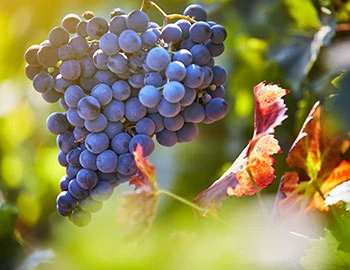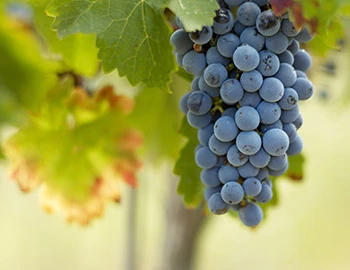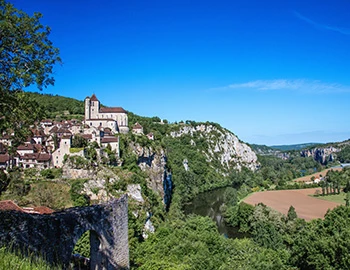In Vino Erotico rouge 2020
IGP Coteaux du Libron, Alma Cersius, 750 ml

| Grape variety: | Syrah, Merlot, Cabernet Sauvignon |
| Producer: | Alma Cersius |
| Origin: | France / Languedoc-Roussillon / Coteaux de Béziers |
Description
A sensually lively red wine cuvée from the south of France that exudes the laid-back ‘esprit de l'vie’ of Béziers. On the nose, notes of ripe Bigarreau cherries with accents of violets and intense flavours of cassis and fresh raspberries, accompanied by warming spice. Vibrant, delicately fruity and interwoven with fine roasted flavours reminiscent of vanilla, roasted coffee and olive tapenade on the palate. An uncomplicated accompaniment to meat, pizza and Mediterranean dishes. (SiKl)
Attributes
| Origin: | France / Languedoc-Roussillon / Coteaux de Béziers |
| Grape variety: | Syrah, Merlot, Cabernet Sauvignon |
| Label: | Vegan |
| Ripening potential: | 1 to 4 years |
| Drinking temperature: | 16 to 18 °C |
| Food Pairing: | Wild specialities, Bistecca fiorentina, T-Bone steak, Cold fish dish, dried meat, Pizza or Flammkuchen |
| Vinification: | (short) pellicular fermentation, fermentation in steel tank |
| Harvest: | hand-picking |
| Maturation: | in large wooden barrel/foudre, in steel tank, on the yeast, bâtonnage |
| Volume: | 13.5 % |
| Note: | Contains sulphites |
Syrah
A hint of pepper
The legend stubbornly persists that the Syrah variety came from the Persian city of Shiraz. Yet, researchers have shown that it is a natural crossing of two old French varieties: the red Dureza from the Rhône Valley and the white Mondeuse blanche from Savoy. Wines from Syrah are gentle and concentrated. They smell of dark berries, violets and liquorice, and amaze with a piquant touch of white pepper. As varietal wines, they are found on the northern Rhone, as in the Hermitage or Côte Rôtie appellations, as well as in Swiss Valais. In the southern Rhône Valley, Syrah is often wedded with Grenache and Mourvèdre. In 1832, a Frenchman brought the variety to Australia, where it became the emblem of the national wine industry. There, the weightiest versions develop with typical notes of tar and chocolate.

Merlot
Everybody’s darling
Merlot is the most charming member of the Bordeaux family. It shines with rich colour, fragrant fullness, velvety tannins and sweet, plummy fruit. It even makes itself easy for the vintner, as it matures without issue in cool years as well. This is in contrast to the stricter Cabernet Sauvignon, which it complements as a blending partner. Its good qualities have made the Merlot famous worldwide. At over 100,000 hectares, it is the most-planted grape in France. It also covers large areas in California, Italy, Australia and recently in Eastern Europe. The only catch is that pure Merlot varieties rarely turn out well. Its charm is often associated with a lack of substance. Only the best specimens improve with maturity. They then develop complex notes of leather and truffles. This succeeds in the top wines from the Bordeaux appellation of Pomerol and those from Ticino, among others.

Languedoc-Roussillon
Languedoc and Roussillon: the wine-giant of the south
The largest contiguous wine region of France begins on the west bank of the Rhône River, stretching more than 240 kilometres to the west to Banyuls-sur-Mer, on the border with Spain. The area is an inexhaustible reservoir of corpulent wines from international varieties, but the top crus from this region come from various regional appellations, where long-established varieties such as Carignan and Grenache (red) and Picpoul and Bourboulenc (white) yield extraordinarily characterful wines.

France
France – Philosophy in a bottle
According to French philosophy, wine should be an expression of the soil and climate. They use the word “terroir” to describe this. Terroir makes every wine different, and many especially good. French wine is regarded worldwide as an expression of cultural perfection. The French believe that humans are responsible for the quality of the berries, the vine variety for their character, and nature for the quantity. This philosophy can be expressed succinctly as: “the truth is the vineyard, not the man.”



